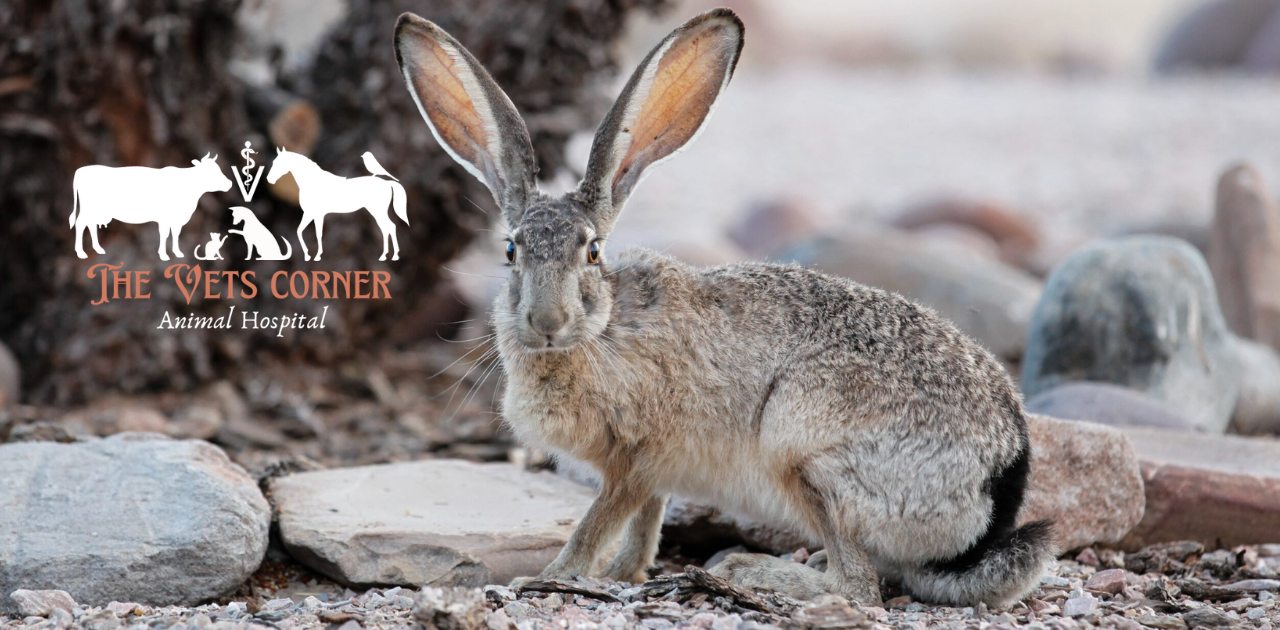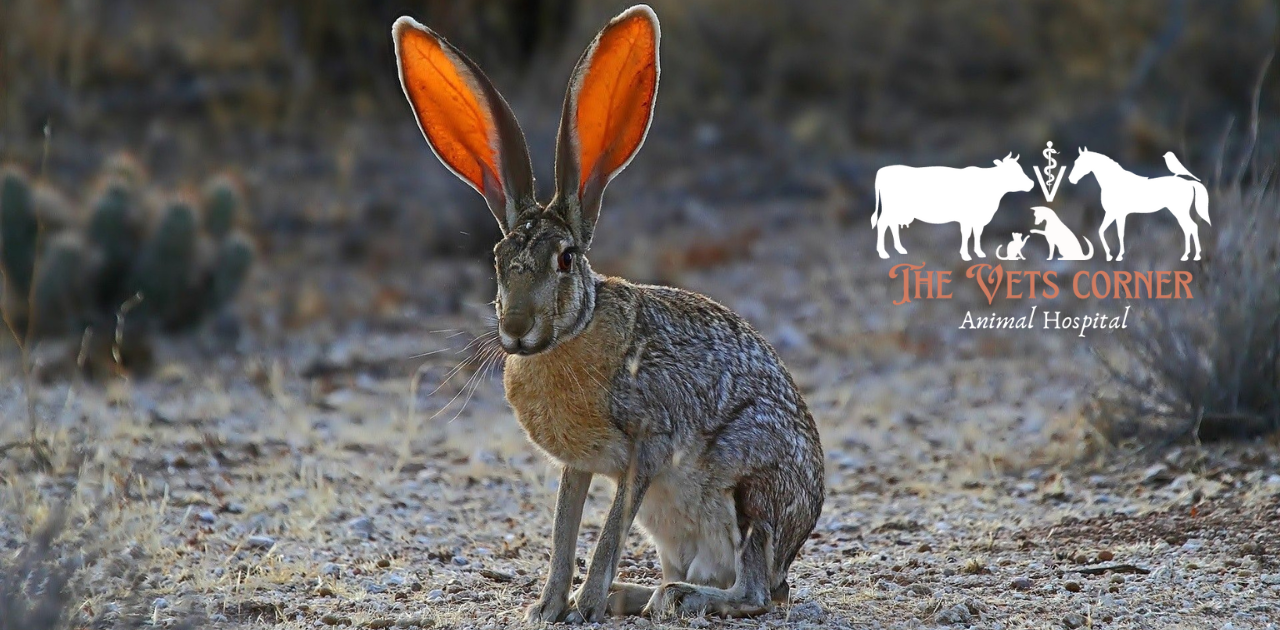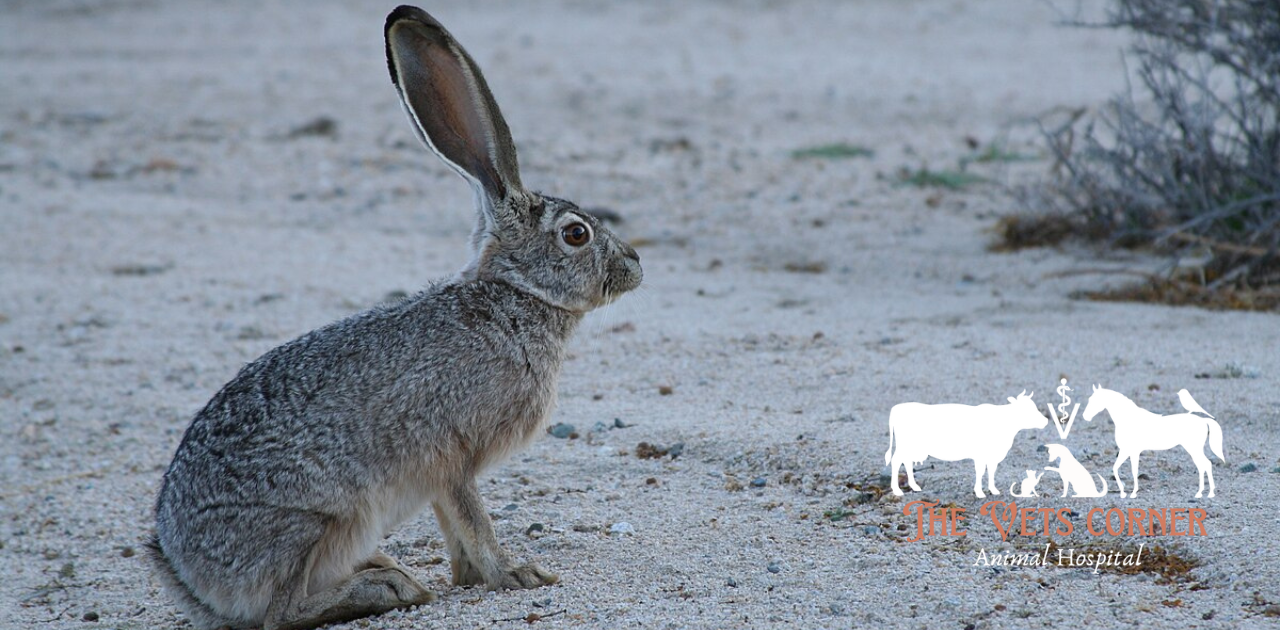
The Jack Rabbit, often mistaken for a rabbit, is a hare known for its long ears, powerful hind legs, and incredible speed. These fascinating creatures are well-adapted to their environments and often found in North America’s arid regions. Their ability to thrive in such challenging habitats makes them a subject of interest for wildlife enthusiasts and biologists alike. Jackrabbits also have distinctive physical characteristics that set them apart from common rabbits.
One of the most striking features of the Jack Rabbit is its large ears, which can be over six inches long. These ears help them regulate their body temperature, especially in the extreme heat of their desert habitats. The ears allow excess heat to dissipate, helping to keep their body cool during the hot days.
Jackrabbits are also known for their incredible speed and agility. They can run up to 40 miles per hour (64 kilometers per hour) and leap 10 feet (3 meters) in a single bound. This speed, combined with their excellent vision, helps them escape predators such as coyotes, hawks, and foxes.
There are five primary species of jackrabbits, each adapted to specific regions:
(Lepus californicus): Found in the southwestern United States, Mexico, and Central America, this species is known for its black-tipped tail and wide range across desert and grassland environments.
This species is native to North America’s Great Plains and prefers open areas like prairies and meadows.
Found primarily in southern Arizona and northern Mexico, this species has an especially large size and pale coloration to blend in with its desert surroundings.
It is an endangered species found in Mexico. These are popular for their smaller range and conservation concerns.
Though not traditionally grouped with jackrabbits, this hare species from India and Nepal is sometimes classified alongside them due to its similar physical traits.

Jack Rabbits are primarily found in desert environments, grasslands, and open plains across North America, including the United States and Mexico. They prefer open areas where they can spot predators from a distance and use their incredible speed to escape. Jackrabbits are particularly common in arid regions, such as the deserts of the southwestern United States.
These hares have also adapted to various other environments, including grasslands, scrublands, and even agricultural fields. Their ability to survive in such diverse habitats demonstrates their remarkable adaptability.
These are herbivores, primarily feeding on grasses, shrubs, and other plant materials. During the spring and summer months, they have a diet rich in green vegetation, including grasses and young shoots. As the seasons change and vegetation becomes scarcer, especially in the desert, jackrabbits turn to woody plants like sagebrush and cacti.
Their digestive system is highly efficient, allowing them to extract the necessary nutrients from tough, fibrous plants. Like other herbivores, jackrabbits practice coprophagy, which means they consume their feces to re-digest and extract more nutrients from their food.
They have a relatively high reproductive rate, which helps them maintain their populations despite the constant threat of predators. Female jackrabbits, called does, can have several litters per year, with each litter containing 1 to 6 young, known as leverets.
Jackrabbit leverets are born with full fur and open eyes, unlike rabbits, which give birth to blind, helpless young. This adaptation helps them survive in their open, predator-prone habitats. Leverets can hop and move shortly after birth, allowing them to evade danger from a young age.
The breeding season for jackrabbits typically runs from February through August, with peak reproduction occurring in the spring. The gestation period lasts around 41 to 47 days. The mother nurses the young for only a few days after birth and then leaves the leverets to fend for themselves.
Jack Rabbit faces a wide array of predators, including coyotes, foxes, bobcats, and birds of prey like hawks and eagles. Their survival also relies heavily on their speed and agility. When threatened, a Jack Rabbit will leap into the air and zigzag as it runs to make it harder for predators to catch them. Their large ears and keen eyesight allow them to detect danger from great distances, giving them a head start when fleeing.
Another interesting survival tactic is their ability to freeze when sensing danger. By remaining perfectly still, they often blend into their surroundings, making it difficult for predators to spot them. If the predator gets too close, the jackrabbit will suddenly sprint away at incredible speeds, leaving the predator behind.
They play a crucial role in the ecosystems they inhabit. As herbivores, they help control the growth of vegetation, preventing overgrowth in some areas. Their grazing habits also help spread seeds, contributing to plant regeneration and biodiversity.
Additionally, jackrabbits serve as a vital food source for many predators, from coyotes and bobcats to various birds of prey. Their presence supports the survival of these carnivores, maintaining the balance within the food chain.
Most Jack Rabbit species do not currently face endangerment, but habitat loss and hunting pose significant threats to some, like the Tehuantepec jackrabbit. Conservation efforts are in place to protect endangered species, but habitat destruction, urbanization, and climate change pose ongoing challenges.

The Jack Rabbit, with its speed, agility, and adaptability, is a fascinating creature perfectly suited to life in some of the most challenging environments on Earth. Their role in ecosystems as both prey and grazers highlights their importance in maintaining ecological balance. As we continue to learn more about these remarkable animals, conservation efforts will be vital to ensuring that jackrabbits remain a thriving part of the natural world.
Explore our comprehensive guide to dogs and cats for more insights into other fascinating animals